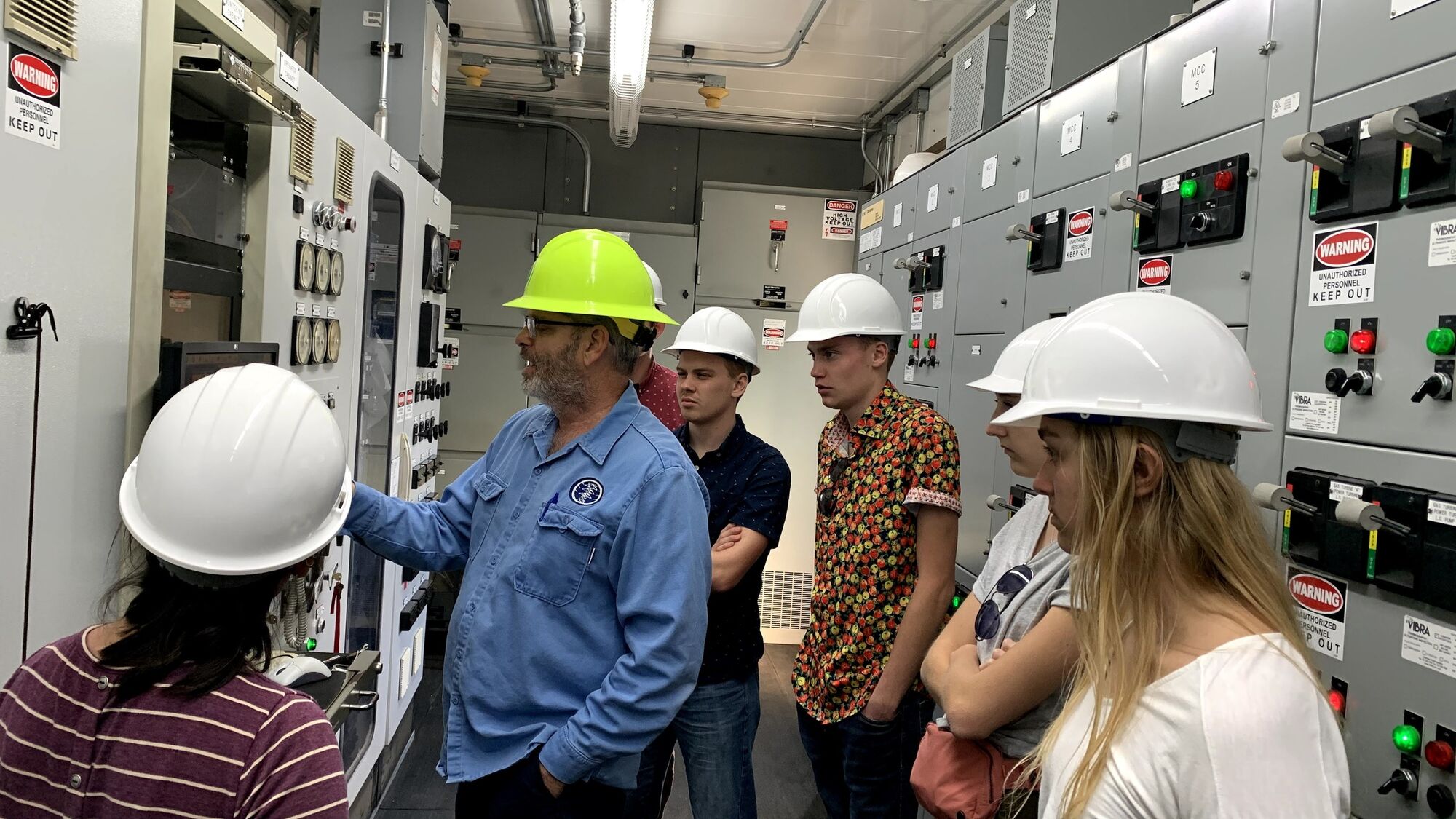
Engineers Without Borders – Travel to Puerto Rico 2020
This past January, Alberto Cordero and I were fortunate to travel to Puerto Rico for Engineers Without Borders (EWB) with a group of University of Wisconsin (UW) students participating in this project. This was the second assessment trip to Puerto Rico for the organization and project, and while we were on the island, we experienced the start of the earthquake swarms that have been shaking the island for weeks.
Project Background:
Engineers Without Borders is a global organization dedicated to building a better world by educating internationally responsible engineers and students. At the University of Wisconsin, the Puerto Rico chapter’s project is centered at the Hogar Albergue para Niños Jesús de Nazaret (the Hogar), a children’s shelter in Mayagüez, Puerto Rico. It is a home that offers shelter, food, transportation, education, social, and psychological services to children up to the age of 11 who are victims of abuse or neglect. After Hurricane Maria’s devastation in September of 2017 the shelter was without power for months and after the recent earthquakes, the island experienced a blackout. Due to these natural disasters, there has been an energy crisis across the island and the shelter spends $800-$1,000 each month for electricity. The goal of this project is to install a 25kW photovoltaic solar array with generator and battery back-up with the aim to reduce or eliminate the orphanage’s monthly electricity bill and provide a reliable and resilient source of power.
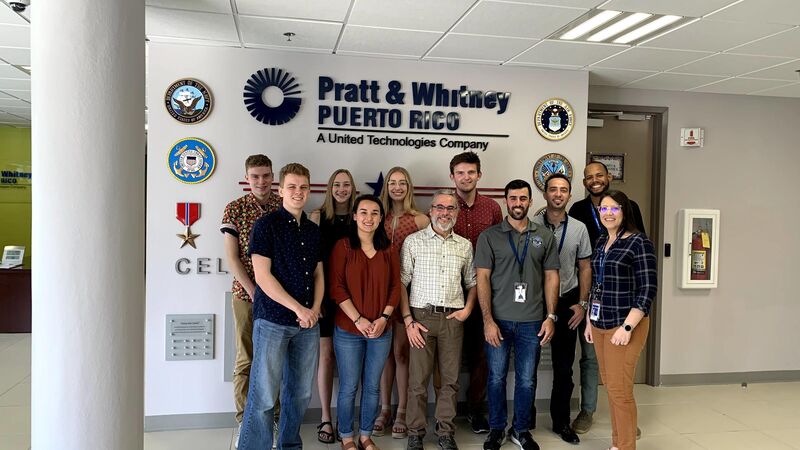
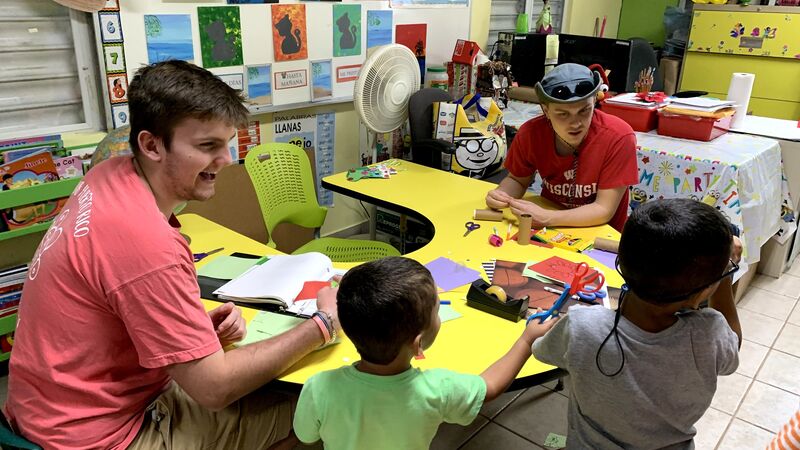
“...the earthquakes reminded us just how crucial it is to design a resilient system that will survive natural disasters...”
Our Travel:
Our assessment trip had a lot of firsts for me: it was my first time traveling with EWB, my first time in Puerto Rico, and my (and everyone else’s) first time experiencing an earthquake. We arrived in San Juan on January 7th, minutes after the 6.4 magnitude earthquake hit and knocked out power to the entire island. Luckily, we stayed with Alberto’s mom, whose power returned the next day since she lives close to the hospital. After assessing the situation and making sure our Airbnb was still standing, we deemed it safe to continue our trip to the west side of the island, to Cabo Rojo where we would stay for the next several days.
Despite the constant earthquakes, we accomplished a lot on our trip. We met with some professionals at Pratt & Whitney, who are starting up their own EWB professional chapter (the first in Puerto Rico). We presented the project and our progress to the Hogar’s board of directors, and they were very excited to share this at their open house in March. At the Hogar, we met with our in-country engineer — Angel from AZ Engineering — and contractor, Ernesto from RS Energía Solar, to update them on the project design, gather more info from the site, as well as discuss project timeline and next steps.
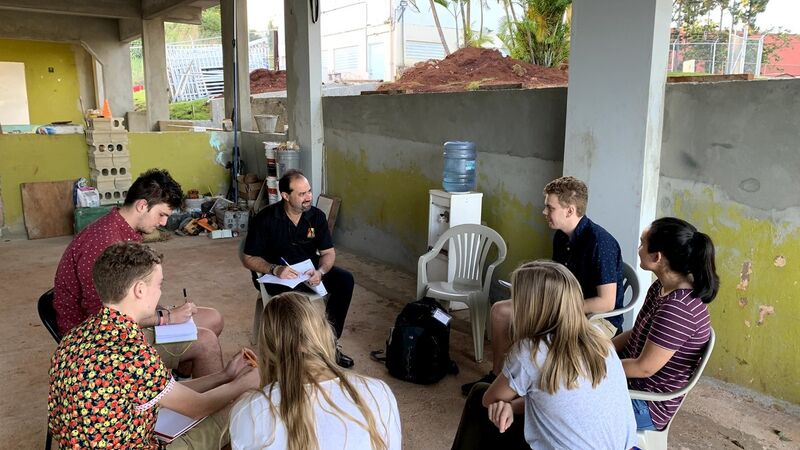
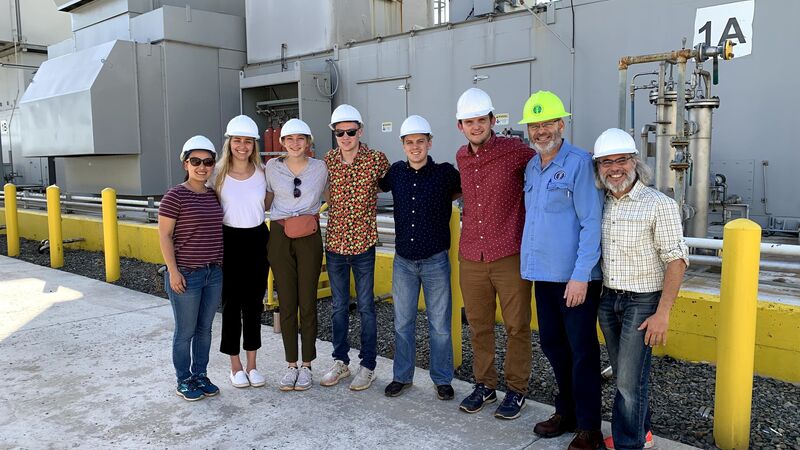
Next Steps:
We are working on acquiring batteries — the final missing piece of our design — and we are waiting for the structural analysis of the building where we will house our electrical room. The contractor will begin installing our system in March 2020 and we hope to have a complete, working solar PV system before the hurricane season.
For more info and project updates, visit our site. AEI continues to provide mentors and members to the organization, including Alberto Cordero, Dan Williams, Janelle Asselin, Jonas Pfaff and Bryan Ludwikoski, and is now one of the corporate sponsors for the EWB Madison chapters (MAPC and UW), in addition to providing mentors and members.
If you are interested in joining or learning more about the professional chapter, visit our site: www.ewbmapc.com
EWB emphasizes educating and empowering the communities we work with, so the students prepared four workshops for the children at the Hogar to teach them about solar energy in a fun interactive way. We made kaleidoscopes with the kids using toilet paper rolls and mylar sheets to show how the light reflects, and we used balloons and large soda bottles filled with water to demonstrate evaporation from the sun. The kids really enjoyed the solar oven s’more making workshop and the mini solar powered cars.
After our meetings and site visits, we had some extra time. We met with Alberto’s friend, Waldo, who runs the hydro and gas emergency utility plant in Mayagüez. He took us on a tour of the plant, and we saw one of the 54MW twin turbines in action. Since the earthquakes have begun, they have been running non-stop to provide power to the island.
Even though we were able to do the work we initially set out to do, the earthquakes reminded us just how crucial it is to design a resilient system that will survive natural disasters and will be a source of power that the orphanage and community can rely on for years to come.
